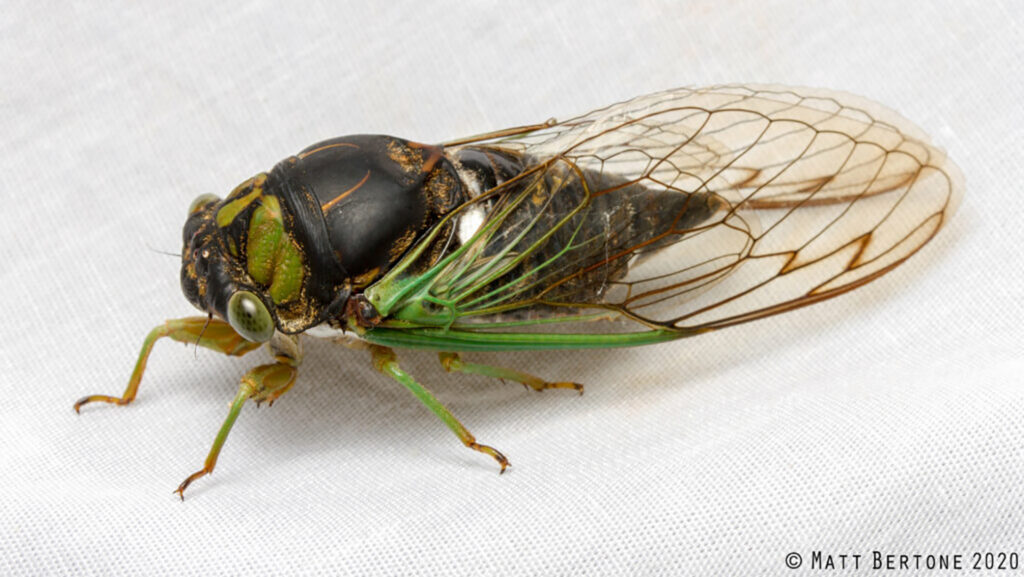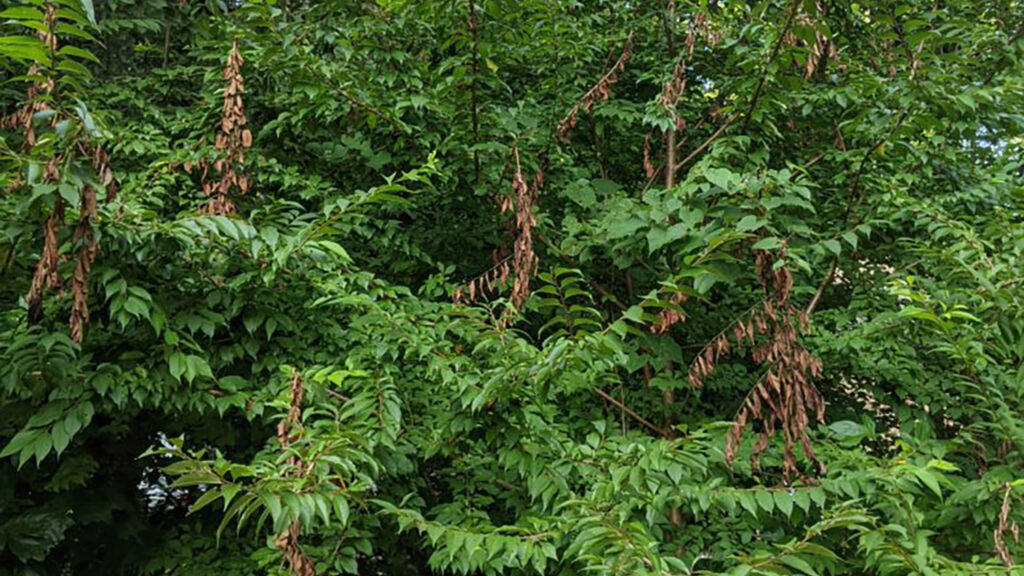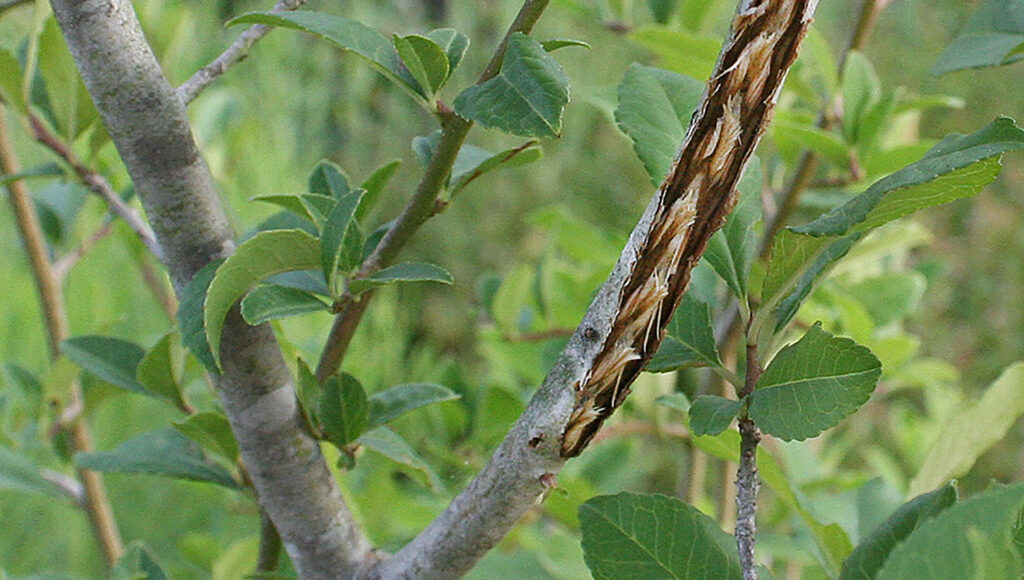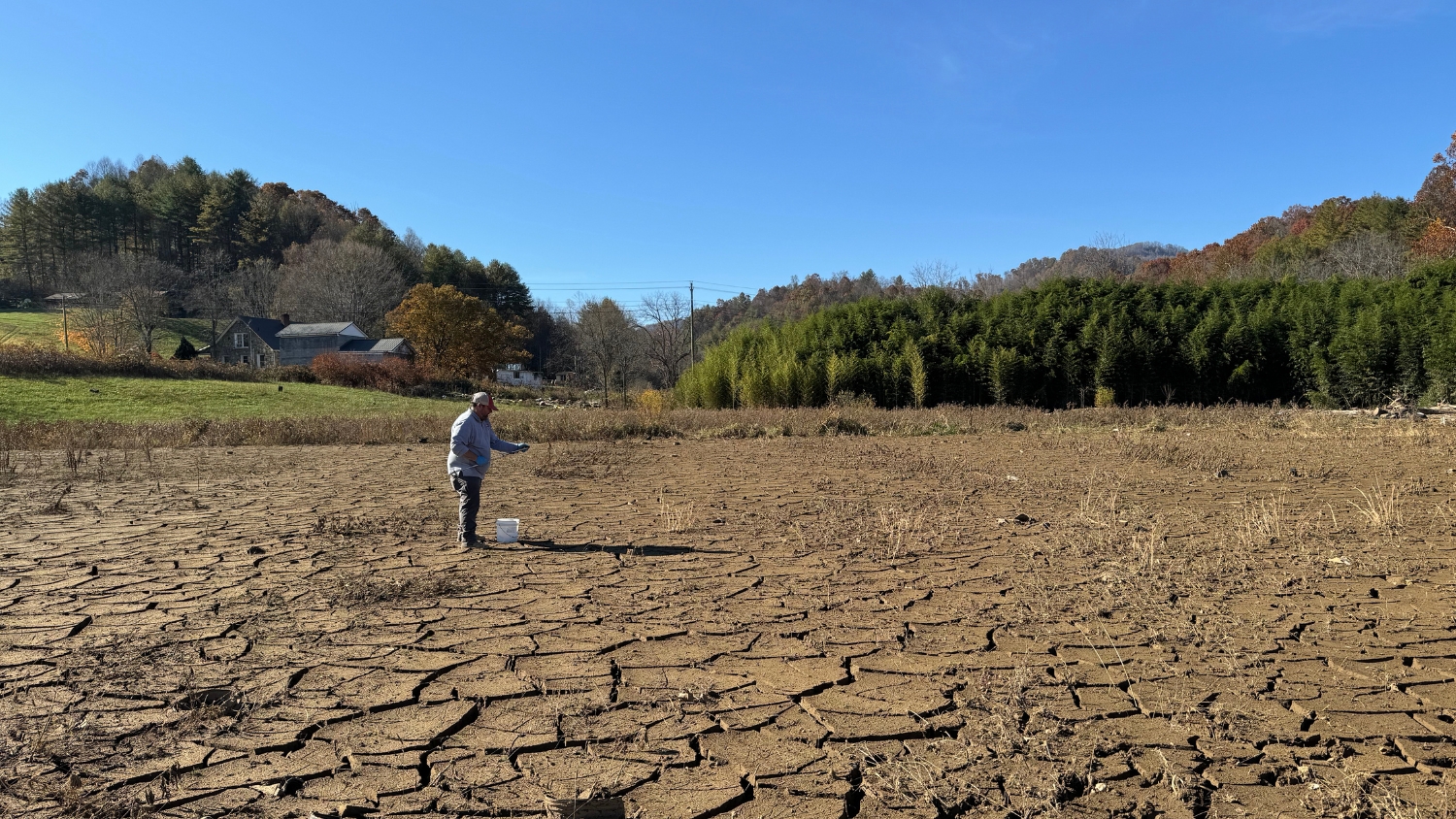Everything You Need to Know About Periodical Cicadas
Nearly 20 North Carolina counties can expect to see a buzz of activity in the next month from the emergence of a 13-year periodical cicada brood.

2024 is a special year for prime-number-loving periodical cicadas. Two broods, one 13-year (XIX) and one 17-year (XIII), will soon emerge from their underground nests across a large swath of the Eastern United States.
Only Brood XIX will impact North Carolina, and in the areas where they emerge, the bulky bugs will be hard to miss. The last time these 13-year cicadas popped up in North Carolina was in 2011.
We caught up with Matt Bertone, a faculty member and Extension associate in Entomology and Plant Pathology and director of the NC State Plant Disease and Insect Clinic, and Debbie Roos, an Extension agent in Chatham County, to learn more about the pending cicada emergence and what residents, growers and casual gardeners should know about this coming brood.
How many types of periodical cicadas are there?
Roos: There are seven species of periodical cicadas, and they are only found in eastern North America (we also have annual cicadas in North Carolina; these are green and black and can be heard in mid-summer every year). Four species of periodical cicadas have 13-year life cycles and three species have 17-year cycles. Periodical cicadas have black bodies with red eyes and orange wing veins.

What areas of North Carolina should expect to see brood XIX?
Roos: Not all counties in North Carolina will see a cicada emergence. Based on historical data from the University of Connecticut, fewer than 20 N.C. counties can expect to see cicadas this year (mostly in the western portion of the state). Click on this map and zoom in to see where in North Carolina you can expect to see them.
When do we expect to start seeing these cicadas?
Bertone: When the ground reaches a certain temperature (about 64°F, usually around May in N.C.), the nymphs that have been underground — slowly sucking sap from tree roots — dig their way up to the surface.
What can we expect when they emerge?
Bertone: Once they emerge, the males make a characteristic call using a tymbal organ. These calls are species specific and attract females of the same species; multiple species of periodical cicadas will emerge in this brood. These calls are deafening on their own, but when millions are “singing” it becomes a wall of sound. Once they have mated, females use their drill-like ovipositor to cut into the branches of various trees and woody plants, laying hundreds of eggs inside.
After a few weeks, the adults will die out and the young will hatch from the branches and drop to the ground below. There they will burrow next to a root, and tap in for the long haul, feeding on the juices of the plant for thirteen years.


Are they a threat to people or pets?
Bertone: Periodical cicadas are harmless to humans and pets. Although they may be a nuisance, this boom of insects provides many ecological benefits, especially as food for various other animals.
Will they impact plants in yards or farms?
Roos: Young plantings of blueberries, fruit trees, brambles, grape vines or other woody trees are potentially vulnerable to cicada injury. If only a few branches are damaged they can be pruned out, but when the majority of branches are significantly damaged, the young tree or bush might need to be replaced.
Bertone: While adults and nymphs feed on plants, and females saw into twigs, they rarely do major damage and may actually improve tree health and vigor. In areas with a lot of activity, after the dust has settled, you will often notice trees and other plants with “flagging” symptoms. This is where individual branches or twigs break from being weakened by the egg laying. Unsightly as it is, this can be thought of as a “pruning” event, especially for mature, healthy trees.
How can we protect our plants?
Roos: If you are in an area that is expecting a high population of cicadas to emerge and if you have vulnerable plantings of young trees, you can use fine netting to exclude egg-laying females from the small branches (make sure you secure the netting to the trunk so the cicadas can’t climb up from underneath). Remove the netting once the cicadas have died off.
- Categories:


